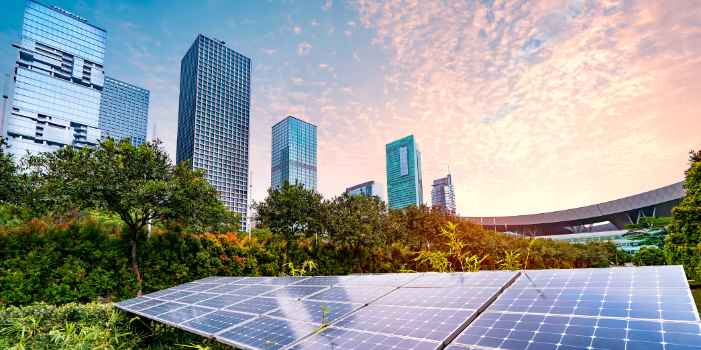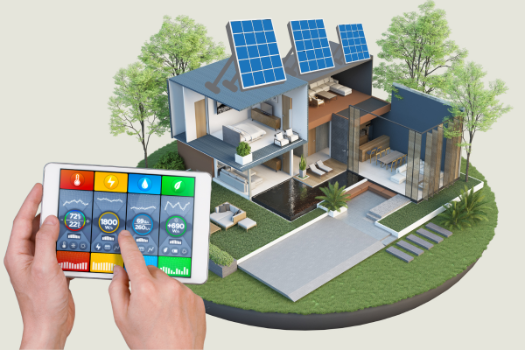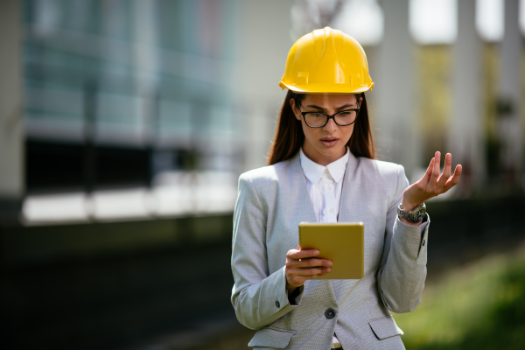
BIM for Smart Grid Integration in Sustainable Buildings
Introduction: The Intersection of BIM and Smart Grids
Building Information Modeling (BIM) and smart grids are shaping the future of sustainable construction. BIM acts as a digital blueprint, enabling better planning and management of building systems. Smart grids, on the other hand, revolutionize energy distribution by optimizing usage and integrating renewable energy sources. Together, they create a powerful synergy for energy-efficient buildings.
The integration of BIM and smart grids provides a strong foundation for managing energy in real-time. BIM’s detailed models allow architects and engineers to design systems that seamlessly connect to smart grids. This connection ensures efficient energy flow and reduces waste.
As climate change demands urgent action, sustainable energy solutions are more important than ever. Industry trends show a rapid shift toward technologies that prioritize energy efficiency. BIM, combined with smart grids, plays a key role in this transformation, making buildings smarter and more sustainable for a greener future.
Understanding Smart Grids and Their Role in Buildings
Smart grids are innovative energy systems that enhance the management and distribution of electricity. Unlike traditional grids, they use advanced technology to monitor and control energy flow in real time. This ability makes smart grids vital for modern energy systems, especially as buildings adopt more renewable energy sources like solar panels and wind turbines.

One of the key features of smart grids is their ability to optimize energy distribution. For example, demand-response systems adjust electricity supply during peak hours, preventing overloads and ensuring a stable grid. Additionally, smart grids integrate renewable energy into buildings efficiently, reducing reliance on non-renewable power. Tools like smart meters track energy use, enabling building managers to identify inefficiencies and reduce waste.
The impact of smart grids is well-documented, with studies showing they can cut energy losses by up to 15%. By improving efficiency and supporting clean energy integration, smart grids help create greener buildings that meet sustainability goals. This technology is a cornerstone of energy-smart construction, offering a way to balance energy needs with environmental responsibility.
The Role of BIM in Sustainable Building Design
Building Information Modeling (BIM) plays a pivotal role in creating sustainable buildings. By providing a detailed digital representation of a project, BIM helps architects and engineers plan and design structures that prioritize efficiency and sustainability. It enables teams to analyze energy use and resource consumption before construction even begins.

BIM’s energy modeling tools predict a building’s performance, allowing designers to optimize systems for reduced energy consumption. Lifecycle analysis in BIM identifies the environmental impact of materials and systems, promoting smarter choices. Additionally, BIM ensures efficient resource management, minimizing waste during construction and operation.
BIM’s potential to reduce energy use and operational costs is significant. Buildings designed using BIM can lower energy consumption by up to 20%. Its success in creating green-certified projects that meet sustainability benchmarks demonstrates that with BIM, sustainable building design is not just possible—it’s practical and cost-effective.
Integrating Smart Grids into Buildings Using BIM
Integrating smart grids into buildings starts with planning and design, where BIM provides a digital platform to visualize and manage energy systems. The process begins by using BIM to map energy flows within the building, identifying how power moves from smart grids to various systems like lighting, HVAC, and appliances. This ensures efficient energy distribution and eliminates waste.
BIM also plays a crucial role in optimizing system layouts. Designers can simulate how renewable energy sources, such as solar panels or wind turbines, interact with the smart grid. This helps ensure that systems are correctly sized and positioned for maximum efficiency. Additionally, BIM improves collaboration among project teams by creating a single source of truth for energy design and implementation.

For instance, consider a building equipped with rooftop solar panels. Using BIM, designers can model how the energy generated integrates into the smart grid, allowing the building to use renewable energy first and rely on the grid only when necessary. Buildings designed with BIM and smart grid integration experience up to 30% energy savings compared to traditional systems.
By combining BIM’s precision with the adaptability of smart grids, buildings can achieve superior energy efficiency and performance. This integration not only supports sustainability goals but also makes buildings future-ready for evolving energy demands.
Benefits of BIM-Smart Grid Integration
Integrating BIM with smart grids unlocks several significant benefits for buildings and their occupants. One key advantage is improved energy efficiency. BIM’s detailed modeling ensures that energy flows are optimized, while smart grids adapt to real-time demand, reducing waste. This efficiency translates into cost savings, as energy usage is closely monitored and controlled, lowering operational expenses.

Another major benefit is real-time energy monitoring. Smart grids provide live data on energy consumption, which BIM visualizes in a way that’s easy to interpret. This allows building managers to spot inefficiencies immediately and make adjustments. Predictive maintenance is another advantage. BIM and smart grids work together to identify potential system failures before they occur, avoiding costly repairs and downtime.
These integrations pave the way for energy-smart, future-ready buildings. Imagine a high-rise that seamlessly switches between solar power and grid electricity based on weather conditions and peak demand. Such systems are not just efficient but also environmentally sustainable.
BIM-smart grid integration can reduce energy costs by up to 25% and increase building performance by 30%. These results demonstrate how this technology partnership transforms buildings into smarter, more sustainable assets.
Challenges and Solutions
Implementing BIM-smart grid solutions comes with challenges. One common issue is data interoperability. BIM models and smart grid systems often use different formats, making it difficult to share and integrate data seamlessly. High implementation costs also pose a barrier, especially for smaller projects with limited budgets.

To address these challenges, adopting industry-standard protocols for data exchange is essential. Standards like IFC (Industry Foundation Classes) ensure that BIM and smart grid systems can communicate effectively. Another solution is phased adoption. Instead of implementing all features at once, building owners can start with smaller, cost-effective components and scale up over time.
Experts also recommend investing in training for project teams. Properly trained personnel can bridge technical gaps and maximize the benefits of these systems. Phased adoption combined with standardized data protocols can significantly reduce integration costs and improve system efficiency, making these solutions more accessible to all.
Conclusion: A Sustainable Future with BIM and Smart Grids
Integrating BIM with smart grids is a transformative step toward sustainable building design. This combination enhances energy efficiency, reduces costs, and optimizes building performance, offering long-term benefits for both the construction and energy sectors. As the demand for sustainable solutions grows, BIM-smart grid integration becomes essential for future-ready buildings.
Buildings leveraging these technologies are better equipped to meet evolving energy needs. By adopting this approach, we can create smarter, greener, and more efficient structures that align with global sustainability goals. The future of sustainable construction starts with BIM and smart grids working together.